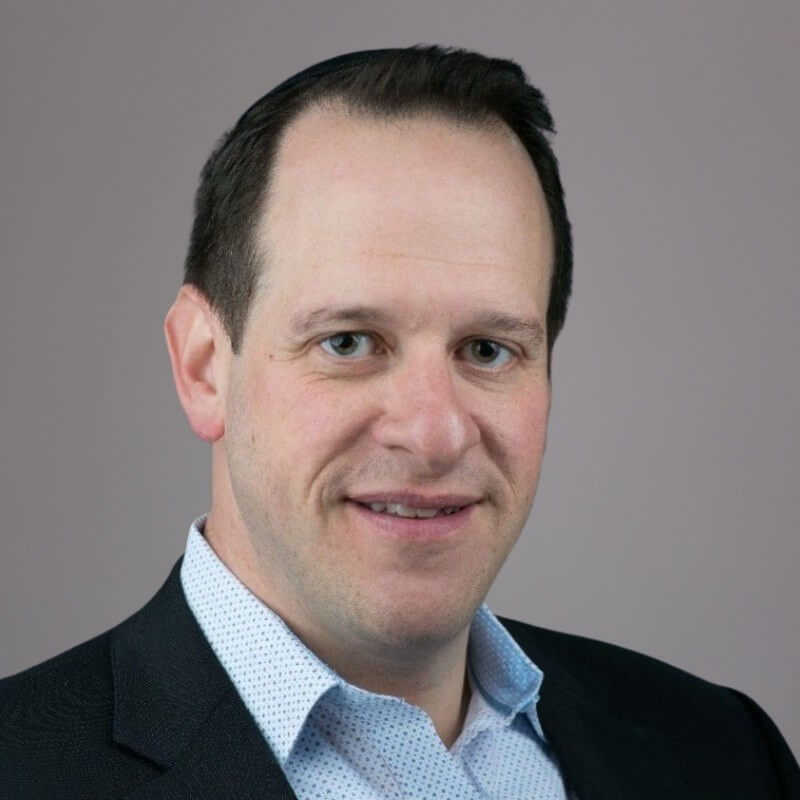From: The Connecticut Mirror
Her father’s stroke came as a shock to Mimi Galusha. So did what came next.
“Life as I know it was totally changed,” she said.
For years, Galusha’s dad had taken care of her mother, who has Parkinson’s disease. Galusha helped out, too. But she had her own job, as a school paraprofessional, and her own household, with a husband and two preteen daughters.
Then, 18 months ago, came the stroke. Galusha’s once-active father, Donato DiMatteo, lost the use of his left side, leaving him unable to drive or handle most of the household tasks he’d long done on his own.
And Galusha became responsible for taking care of both her parents. It was like going from having two kids to four, she said, from one household to two.
In the mornings, she’d drive to her parents’ house to give them breakfast and start her mother’s medication regimen. Then she’d go home to get her kids ready for school, and go back and forth between the two Wethersfield houses through the day.
She later hired aides to help, paying close to $10,000 a month with her parents’ savings and draining most of her own 401(k).
Eventually, her parents were accepted into a state program that covers the cost of aides.
But Galusha remains a critical part of their care. She visits every morning, handles their grocery shopping, takes them to medical appointments and fills in if an aide calls in sick. She gave up her job last year after she had trouble getting time off when her mother needed surgery.
It’s still overwhelming, always being available in case they need her, or if her father has a bad day as he struggles to adjust to losing his independence.
“But you know, hey, they’re my parents,” Galusha said. “They would’ve done the same thing for me.”
Galusha is one of an estimated 42 million Americans who act as unpaid caregivers, forming what experts call the backbone of the long-term care system. They far outnumber the home care workforce, providing services that one report estimated would cost $450 billion if performed by paid workers.
In Connecticut, 486,000 people — more than one in eight state residents — were providing care to an adult with limitations in his or her activities at any given point in 2009, according to the report by AARP Public Policy Institute.
Arlenne O’Brien looks at pictures of her mother through the years in her mom’s nursing home room. O’Brien is so active in her mom’s care that one new nursing home worker thought she worked there. (Photo from the Connecticut Mirror)
The experiences of those caregivers vary widely. Some, like Galusha, care for people in their homes and have to stop working or cut back their hours. Others continue to care for relatives living in nursing homes. For some, caregiving comes with little or no support, at a cost to their own health and financial well-being. Many don’t even identify themselves as caregivers, describing the accommodations they make for an ill or disabled loved one as part of being a family or a friend.
One thing is clear: The need for them is growing.
Connecticut’s population aged 65 and over is expected to grow by 64 percent by 2030, while the working age population is projected to decline by 2 percent.
Gov. Dannel P. Malloy’s administration is working to dramatically expand the availability of home care as an alternative to nursing homes, with expectations that the demand for home- and community-based services will grow by about 32,000 people in the next 15 years.
Policymakers say ensuring the availability of home care workers will be a key challenge in meeting the demand. But having more people with care needs living at home will almost certainly also mean a heavier reliance on the people who provide care by choice or out of a sense of obligation.
And it comes at a time when demographic trends make the availability of unpaid caregivers less certain. There are now more single adults without children, and more people living to ages when dementia is common, requiring round-the-clock care, noted Susan C. Reinhard, senior vice president for public policy at AARP.
“The real difference here is that we have fewer family members, and as we go into the future, that’s going to be even more so,” she said.
Meanwhile, research suggests that Americans have fewer social ties, meaning potentially smaller networks of people available to help out when needed.
Dawn Lambert, who is leading the state’s effort to expand the availability of home care as project director for the Money Follows the Person demonstration program, said she’s observed an increase in the number of family members who want to care for their relatives at home, a change she attributes in part to a greater awareness of the availability of supports. These include programs that pay for home care for people who meet financial and functional requirements, and respite programs that give caregivers a break.
“The best thing that we can do in supporting families is to give them enough support so that the relationship that they have, whether it’s the husband to the wife who has Alzheimer’s or the daughter to the mother or father, that they can still be the daughter, and they can still be the husband, and not a full-time caregiver,” Lambert said.
“We don’t want family members to burn out,” she added.

Michael is an accomplished leader with deep expertise in the healthcare sector. As the CEO of Prime Source, he has driven innovation and strategic growth in healthcare procurement and management. His extensive knowledge of the industry has made him a sought-after speaker, regularly lecturing at trade groups, seminars, and to industry executives on the most pressing healthcare trends and challenges. Michael is passionate about exploring the intersection of business and healthcare, providing thought leadership that shapes the future of the field.
